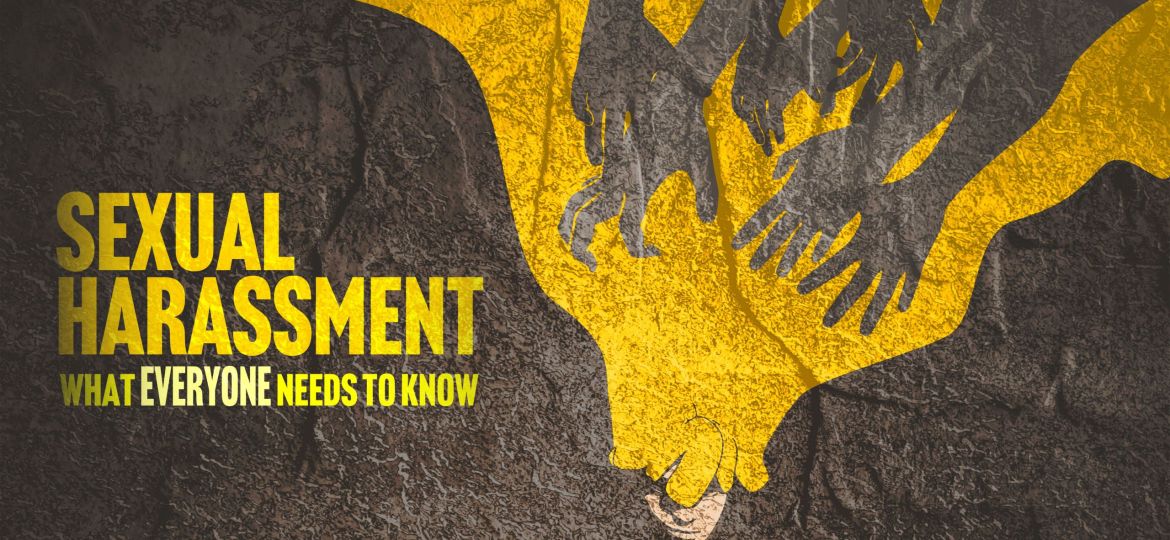Sexual harassment is far more common than many people realize. Research indicates 81% of women and 43% of men experienced some form of sexual harassment and/or assault in their lifetime. Sadly, many people experience this conduct as children. There is evidence to suggest that nearly half of girls in grades 7-12 have already experienced some form of sexual harassment.
What is Sexual Harassment?
Federal regulations indicate that there are three main forms of sexual harassment.
- Unwanted or unwelcome sexual advances
- Requests for sexual favors
- Verbal or physical actions that are sexual in nature and have the purpose of being “intimidating, hostile, or offensive.”
Examples of Sexual Harassment
Some real-world examples of sexual harassment include:
- Inappropriate comments that are of a sexual nature
- “Cat calling” or inappropriate comments on someone’s body or appearance
- Unwanted discussion of sexual fantasies or stories
- Demanding or insinuating a desire for sexual favors
- Sending unwanted or unsolicited sexual messages and/or photos
- Exposing or performing sexual acts in public on oneself
What’s the Difference Between Sexual Harassment and Sexual Assault?
While sexual harassment can vary from requests for sexual favors to unwanted sexual advances, sexual assault typically refers to unwanted physical sexual contact including, but not limited to, rape, forced oral sex, or other non-consensual sexual contact.
Broadly speaking, sexual harassment is usually a civil law violation while sexual assault is a criminal law violation. Both are serious and neither are okay.
Examples of what is included under sexual assault:
- Fondling or unwanted touching over or under clothes
- Forced or coerced oral sex or other sexual acts
- Rape or attempted rape
Is Sexual Harassment Against the Law?
Yes, sexual harassment is against both state and federal law. At the federal level, sexual harassment is primarily an employment matter. However, individual states may go further and give citizens more protection. In Minnesota, there are protections against sexual harassment in employment, education, housing, receiving of public accommodations, and other contexts.
Effects of Sexual Harassment
Sexual harassment affects everyone differently, and may impact a victim emotionally, mentally, physically, professionally, socially, financially, and more.
Individuals who are being sexually harassed may feel angry, humiliated, afraid, or even harbor feelings of guilt and shame.
The medical effects of being sexually harassed are considerable and can include:
- Anxiety
- Depression
- Panic attacks
- PTSD
- Substance abuse
- Suicide ideation
Physical manifestations of stress (tightness in chest or jaw, stomach issues, etc.)
- Headaches and migraines
- Fatigue
- Disruption in typical sleep pattern
- Eating more or less than usual
- Change in clothing, often as an attempt to deter the perp from making sexual comments
Some suffer from professional harms including:
- Increased isolation from colleagues
- Decrease in overall productivity, sometimes resulting in missed deadlines
- Calling in sick more often
- Increased tardiness
- Ultimately leaving the company
Furthermore, the effects of sexual harassment go beyond just the victim and may also impact their colleagues, friends, family, or partner.
What To Do If You’ve Been Sexually Harassed
Sexual harassment is against the law. When someone has been sexually harassed, there are multiple courses of action they can take.
Recognize:
It’s important for the victim to first recognize that,
- What happened to them was wrong, and
- It was not their fault.
Research:
Visit the Equal Employment Opportunity Commission (EEOC) to learn more about sexual harassment laws and rights in the workplace.
Reach out:
Call the National Sexual Assault Hotline at 800.656.HOPE (4673) or chat online at online.rainn.org or speak to a licensed therapist or a trusted friend or family member.
Report:
If the harassment happened at work, or was perpetrated by a person in a position of power (teacher, coach, manager, etc.) some people may report the harassment to the organization the harasser works at.
Explore:
Contact a trauma-informed law firm to learn about legal rights and options.


